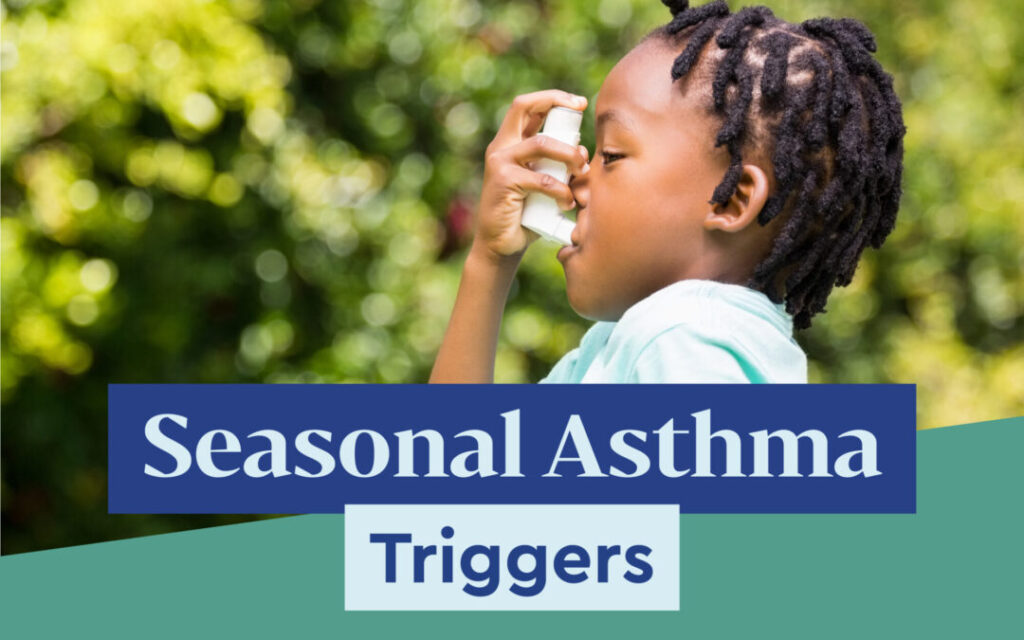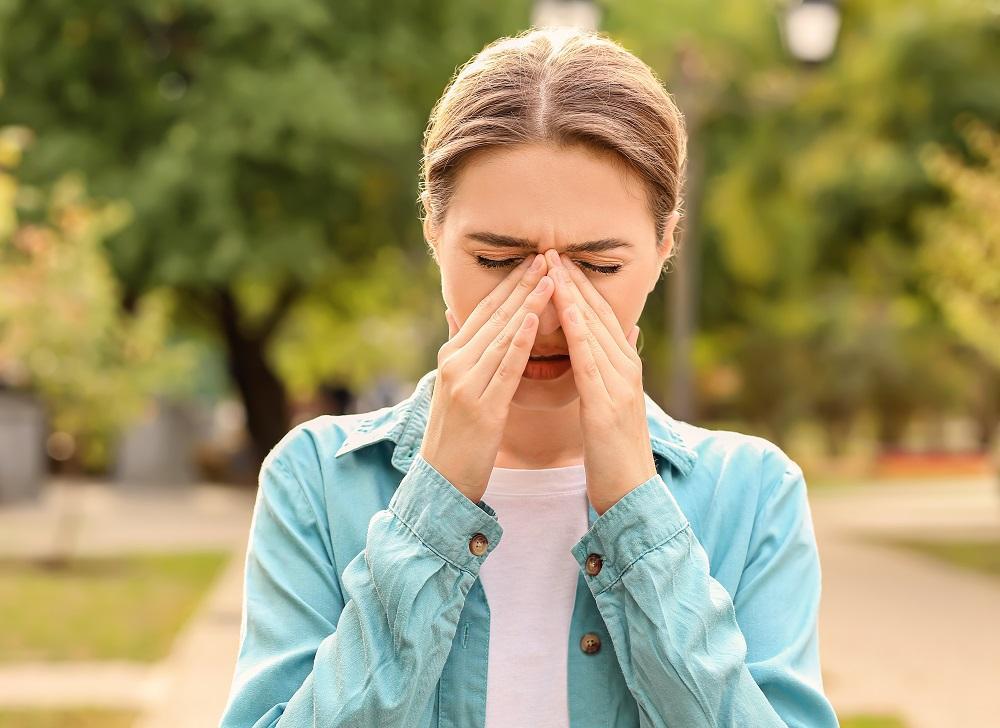Learn how to manage asthma during seasonal changes with practical tips, prevention strategies, and daily habits to reduce triggers. Discover ways to breathe easier all year round.
Living with asthma can be challenging, especially when the seasons change. I’ve learned from experience that spring pollen, summer humidity, autumn leaves, and winter cold can all trigger symptoms. Managing asthma during seasonal changes is not just about medication—it’s about creating an environment and lifestyle that supports healthy breathing. In this guide, I’ll share steps I personally follow to keep my symptoms under control throughout the year.
H2: Understanding Asthma and Seasonal Changes

Seasonal changes can cause shifts in pollen levels, humidity, and temperature—all of which can trigger asthma symptoms. In my case, spring brings more sneezing, summer heat makes breathing harder, and cold winter air tightens my chest. The key to managing this condition is recognizing the triggers unique to each season and preparing in advance to reduce flare-ups before they even start.
H2: Common Seasonal Asthma Triggers
Asthma triggers vary by season, but here’s what usually affects me the most:
- Pollen in spring
- Dust mites in summer humidity
- Mold spores in autumn
- Cold, dry air in winter
- Sudden temperature changes between seasons
When I understand which triggers are active, I can plan my prevention strategies better.
H3: Spring Asthma Management
Spring is beautiful but also difficult for me because of high pollen allergies. I make sure to check daily pollen forecasts and avoid outdoor activities when counts are high. Wearing a mask outside, keeping windows closed, and showering after being outdoors help reduce pollen exposure. I also clean my home air filters regularly to ensure fresh, allergen-free air inside.
H3: Summer Asthma Management
During summer, the heat and humidity can make breathing more difficult. I stay hydrated and use a dehumidifier indoors to control moisture levels. Exercising early in the morning when the air quality is better helps. I also monitor local air quality indexes to avoid going out when pollution is high, as that can trigger asthma attacks.

H3: Autumn Asthma Management
Autumn means falling leaves and more mold spores in the air. I make sure to rake leaves while wearing a mask and store them away from living spaces. I also keep my home well-ventilated but avoid letting damp air in. Washing bedding weekly in hot water helps control dust mites and mold particles that might worsen my asthma.
H3: Winter Asthma Management
Winter is tricky because cold, dry air irritates my airways. I use a scarf or mask to cover my nose and mouth outdoors to warm the air before breathing it in. Running a humidifier indoors prevents the air from becoming too dry. I also get my flu shot every year because respiratory infections can be dangerous for people with asthma.
H2: Daily Lifestyle Habits for Asthma Control
Some habits work all year round to keep my asthma symptoms in check:
- Staying consistent with prescribed medications
- Doing gentle breathing exercises daily
- Keeping my home free from dust and pet dander
- Drinking plenty of water to keep airways moist
- Following a balanced diet rich in antioxidants
These small steps add up to better breathing and fewer seasonal flare-ups.

H2: Medication and Treatment Adjustments
My doctor recommends adjusting asthma medication doses depending on the season. For example, in spring and fall, I might need a stronger preventive inhaler, while in summer and winter, I stick to my regular maintenance plan. I always keep my rescue inhaler close, especially when traveling, because seasonal changes can be unpredictable.
H2: Breathing Exercises to Reduce Asthma Symptoms
Breathing techniques help me stay calm and reduce chest tightness during flare-ups. One method I use is pursed-lip breathing, where I inhale through my nose and exhale slowly through pursed lips. This helps release trapped air from my lungs and improves oxygen flow. Practicing these exercises daily strengthens my lungs and makes seasonal changes less overwhelming.
H2: Creating an Asthma-Friendly Home Environment
Keeping my living space asthma-safe is a year-round goal. Here’s what I do:
- Use HEPA air purifiers
- Wash bedding in hot water weekly
- Keep indoor plants that improve air quality
- Vacuum with a filter-equipped cleaner
- Avoid scented candles and strong chemical cleaners
This setup ensures I’m not breathing in unnecessary irritants that can worsen my condition.
H2: When to See a Doctor
If I notice my asthma symptoms worsening despite my efforts, I schedule an appointment with my doctor. Signs like frequent wheezing, using my inhaler more than usual, or trouble sleeping due to coughing mean my current plan needs adjustment. Seasonal asthma can sometimes require temporary changes in medication or lifestyle to keep breathing smooth.

Table: Asthma Triggers by Season and Solutions
| Season | Common Trigger | My Prevention Tip |
|---|---|---|
| Spring | Pollen | Check pollen count, close windows |
| Summer | Humidity | Use dehumidifier, avoid midday heat |
| Autumn | Mold spores | Rake leaves with mask, wash bedding |
| Winter | Cold air | Use a dehumidifier, and avoid midday heat |
Quote
“Asthma management is not about avoiding life—it’s about adapting your environment so you can live it fully.”
H2: Key Takeaways
- Recognize seasonal asthma triggers early.
- Adjust medications and habits according to the season.
- Maintain a clean, allergen-free home environment.
- Practice breathing exercises daily.
- Seek medical help when symptoms worsen.
Conclusion
Managing asthma during seasonal changes takes planning, awareness, and consistency. By identifying my triggers, keeping my home safe, adjusting medications, and practicing healthy habits, I can enjoy every season without constant worry. Asthma doesn’t have to limit life—it just requires smart strategies to keep symptoms under control all year round.
